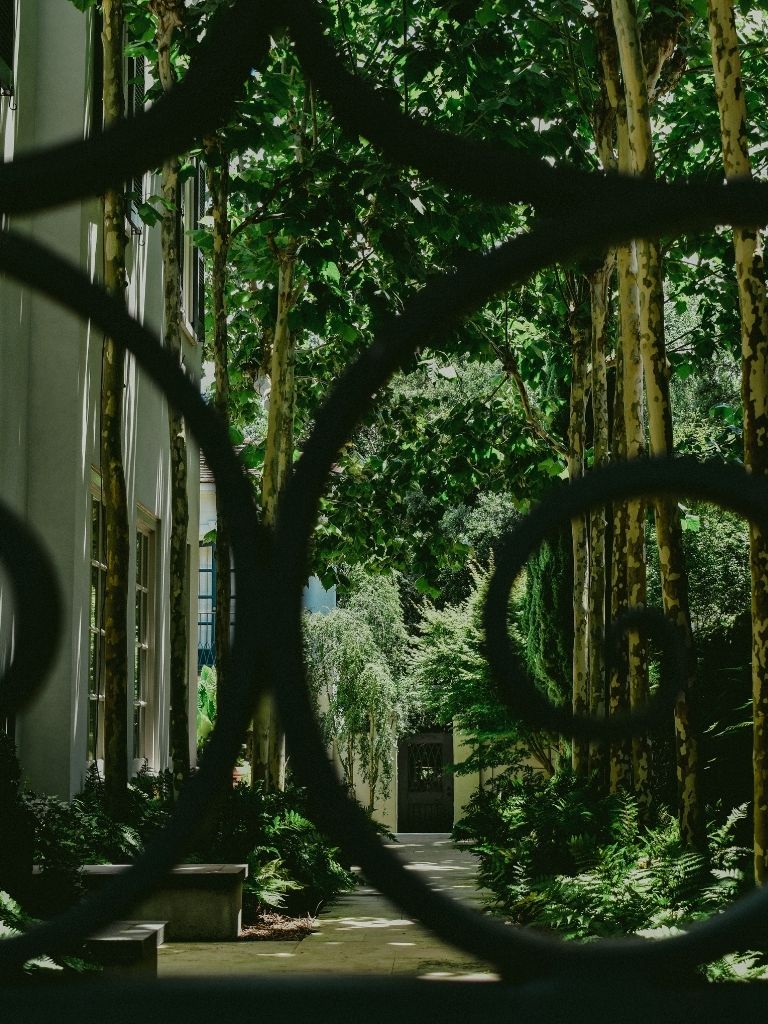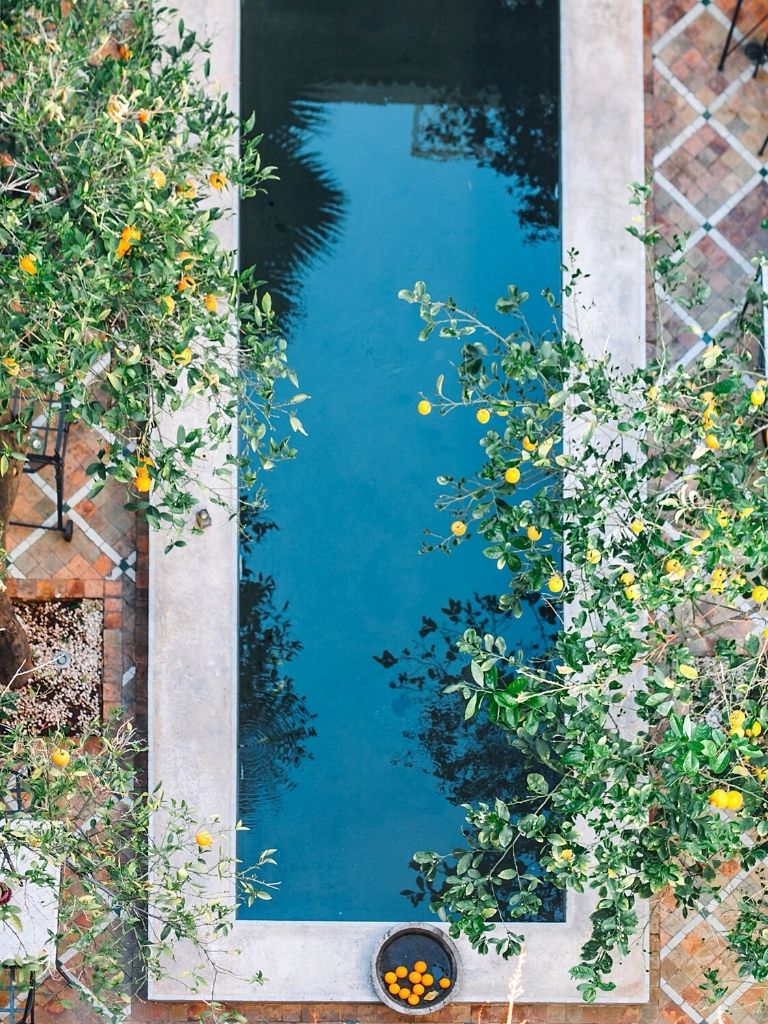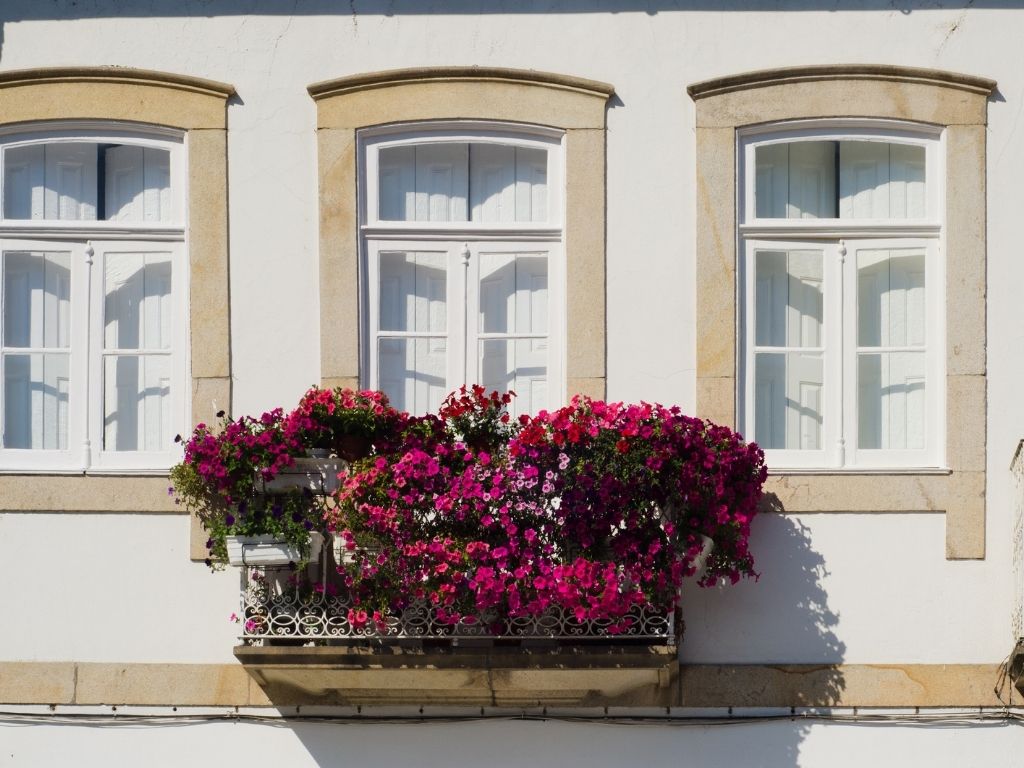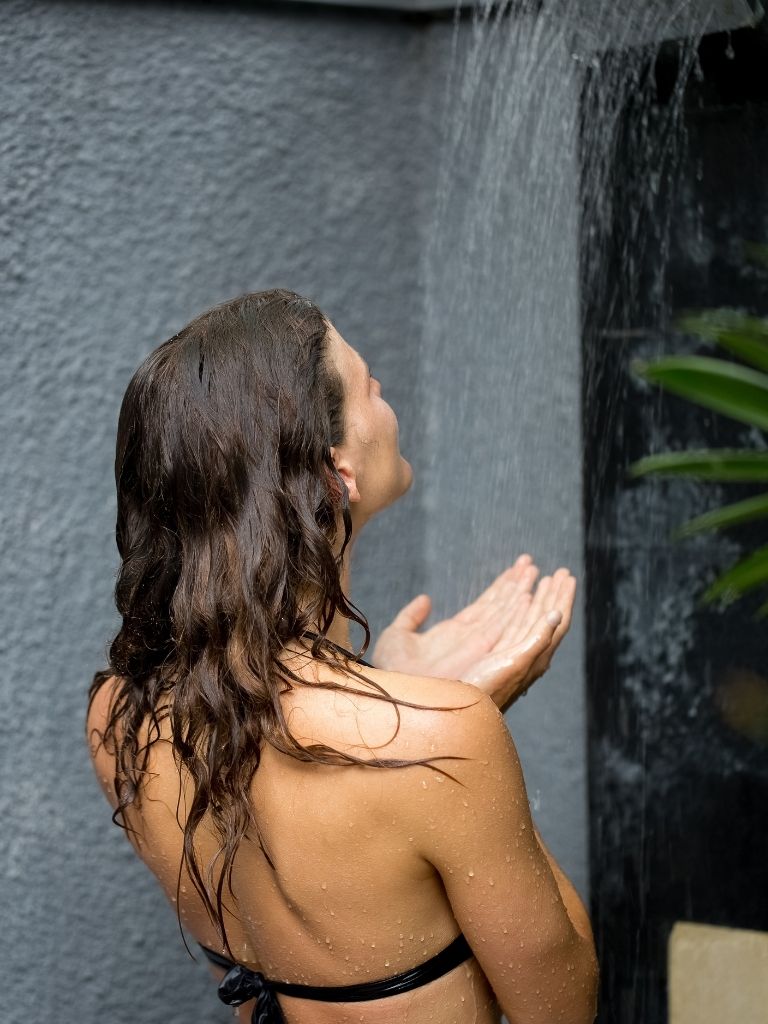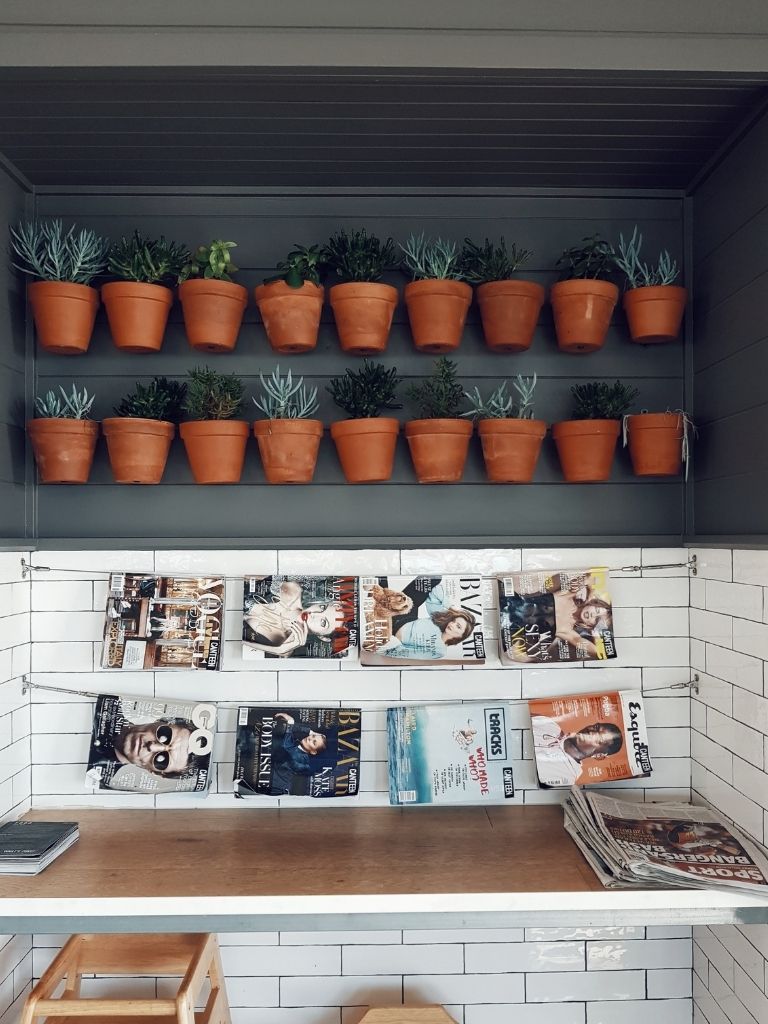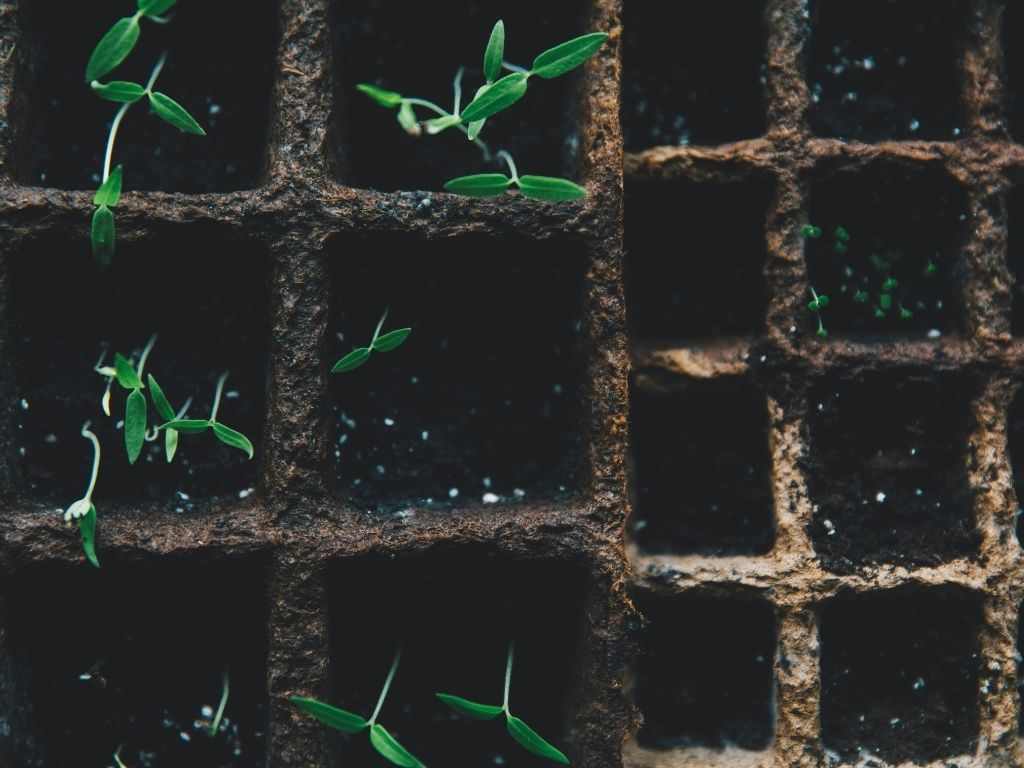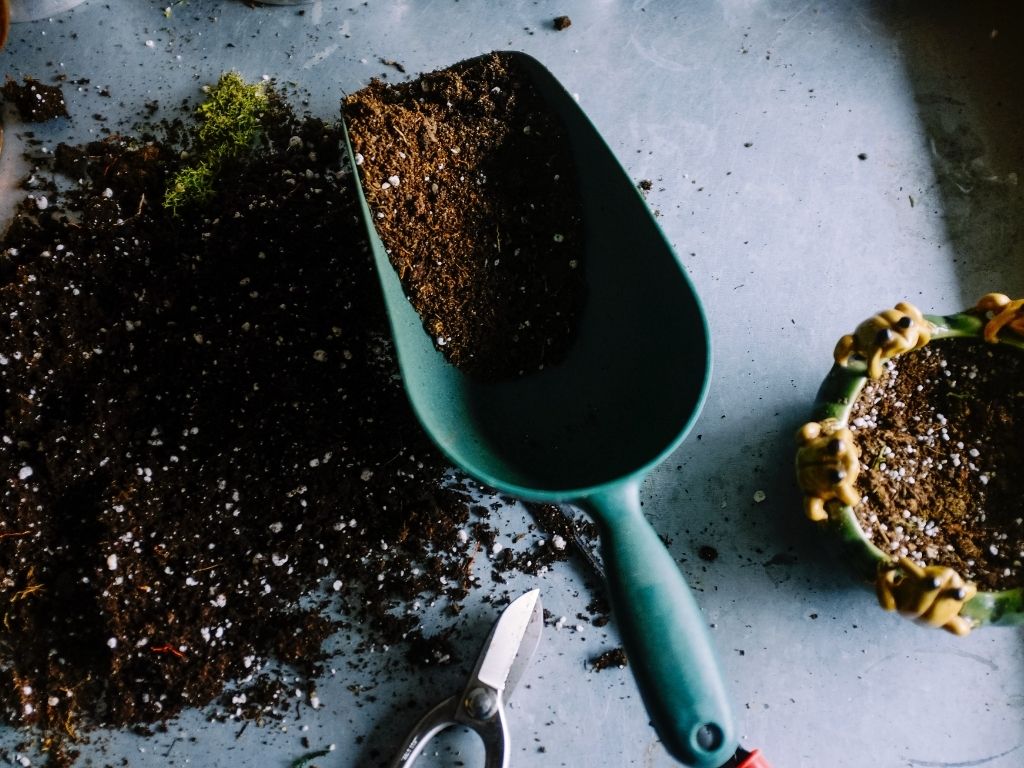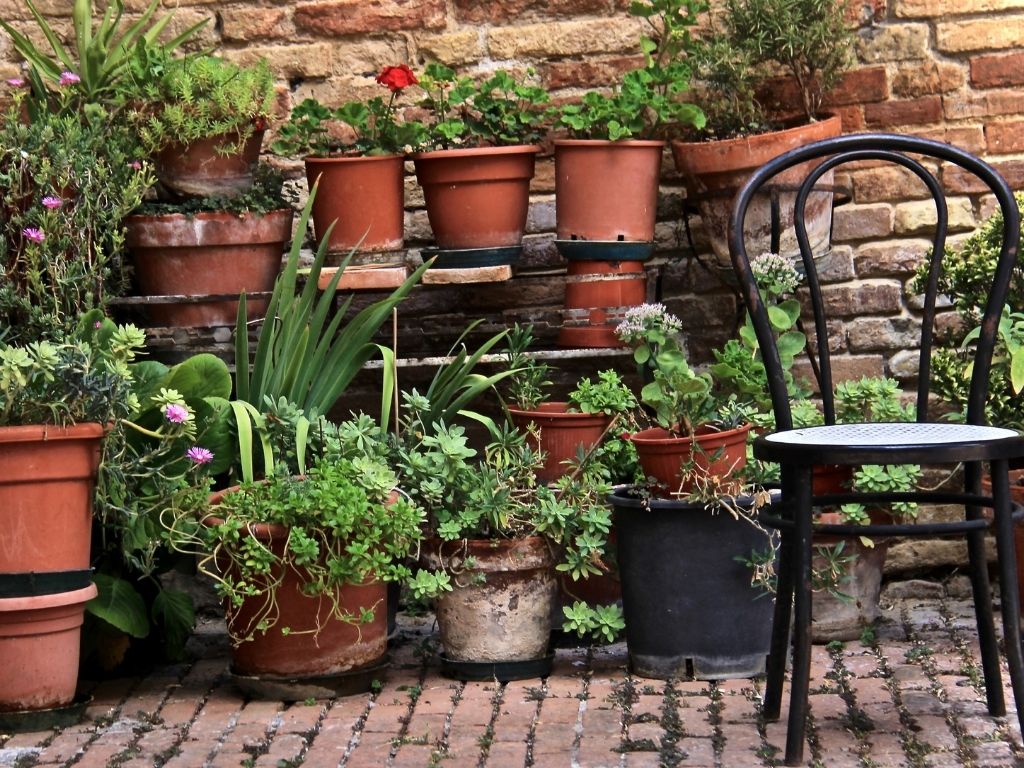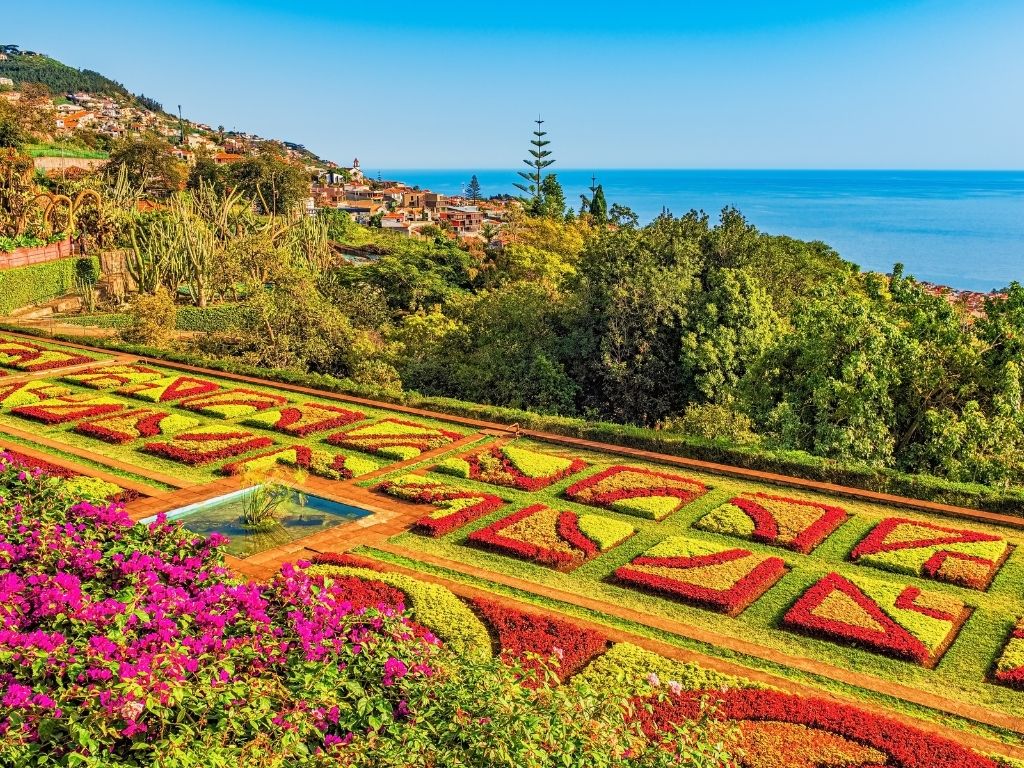Spring has arrived in Portugal bringing with it wonderful almond and orange blossoms, and inspiration for getting outside, and maybe even rethinking the garden.
Similar to the mediterranean gardens of France, Italy and Spain – Portugal also has a strong culture and love for greenery and beautiful outdoor spaces.
The Azores, Portugal’s garden islands are lush with tropical vegetation, while northern areas can be very chilly, central Portugal can be quite dry, but perfect for wine, and the Algarve can be both hot and dry, and is where some of the county’s sweetest fruit can be found and wine is also being produced. A diversity that allows lovers of gardening a wide spectrum options. Add decorative features such as terra-cotta, wrought iron, Portuguese azulejos, cobblestone and others, and creating a stunning Portuguese Mediterranean garden is only limited by your imagination and budget.
If you’re feeling inspired we’ve listed ten top tips to help guide you creating your own healthy oxygen rich and maybe even tasty garden sanctuary.
1. Fruit & Nut Trees
Portugal has a long tradition of homes with garden fruit trees and even domestic orchards. These were sometimes used as a source of income or family sustenance and would also include chickens and ducks for eggs and meats. Producing seasonal fruits, vegetables and herbs, to be enjoyed fresh, dried and preserved, as well as jams, marmalades in winter months. The excesses led to the practice of sharing and swapping home grown goods with neighbours, a lovely practice that’s maintained today.
Citrus, oranges especially, as well as fig, cherry, banana, avocado, quince, plum, peach, olive and almond trees are just a few of the popular options still used today.
2. Succulents & Drought Resistant Plants
Portugal’s diverse climate calls for both heat and drought tolerant plants which will keep your garden looking healthy and colourful year round and depending on varieties may also provide medicinal and fruit varieties. Aloe, agaves and cacti are popular, easy to maintain and can add stunning effects to your home garden.
3. Shaded Areas
If your home has outdoor living space be those for lounging, dining alfresco or simply relaxing you will most certainly come to a point of wanting to manage sun and heat. Awnings, pergolas and umbrellas can help, but climbing plants, shade trees, cacti and scented flowers can provide not only shade but natural cooling, colour and create a unique textured environment. Grape and crawling vegetable vines can also be used to create a unique and inviting look that adds wonderful splashes of colour year round.
4. Potted Plants
Terra-cotta pots have long been featured in European homes and gardens. Used in their natural colour and shape, in modern styles, or glazed and they can become artful statement pieces within the garden, on terraces or also indoors to bring the outside in.
Their mobility make them wonderful mini gardens of their own, that allow you to quickly change the look and feel of your garden or home, be it for a few hours, days, months or a special event – the possibilities are endless. They are also a great option for homes with small or no outdoor spaces as they are available in a variety of sizes, and often used in apartment window sills or balconies.
Caveat, large terra-cotta potted plants can become very heavy. If mobility is important to you consider using smaller sizes.
5. Hedges & Topiary
Dense and well manicured hedges make a strong statement and add a professional look to any garden. Portuguese Laurel (Prunus Lusitanica Angustifolia) indigenous to Portugal, Spain and France does just this, and can be used as individual topiary plants and trees. Its long dark evergreen pointed leaves and red stems it can grow up to 2.5 meters tall, flower with berries, and can be easily shaped and trimmed to create a completely original garden.
6. Raised Garden Beds
Raised bed gardens can often be found in the landscaping of traditional Portuguese homes. They help keep front, back and flower bed areas neat and tidy, and in more modern homes they can also be found rooftop for decorative, cooling and sometimes also planting purposes. They can also have lighting accents and effects.
7. Portuguese Azulejos
Ceramic glazed tiles from the 13th century are found throughout Portugal in old and new architecture. Originally in glazed in blue and white, today they are available in a wide array of colours and designs. Azulejos are also the quickest visual option to add authenticity to your Mediterranean garden and often used on a walls, flooring and accessories.
8. Wrought Iron
Originally used for lighting fixtures, balconies, stairs, gates and window security. Wrought iron is still used for these today, but in a wider variety of styles and applications, and continues to make a strong yet elegant statement of old world charm.
9. Calçadas & Stone Accents
Stone is used widely across Portuguese homes both in and outdoors. The Portuguese Calçada is a form of hand laid cobblestone often seen in public areas, but can also be found in private home entrances and gardens. Designs can be colourful works of art, discreetly patterned, and where needed loose pebbles such as marble are also used. More decorative options can often be seen on paths to seduce someone in a specific direction. Or the opposite, and used to discourage someone from stepping in certain areas of the garden. Stone can also be used instead of grass as an option to cover a dirt area where grass isn’t wanted.
10. Water Features
Fountains and wells in both iron and stone are still widely used in the design of traditional Portuguese homes and estates type gardens. Modern homes however tend to have the swimming pool as their main water feature – especially in the Algarve. Pools can sometimes also have water falls, swimming jets and even showers.
A new trend in urban homes and apartments where there is some lounging space but not enough for a pool is the use of an outdoor shower for cooling off from sun lounging.
Sustainability concerns are also showing a growing trend for ecological pools. Replacing chlorine with a natural pool and water, water loving plants, natural stone and accents to create a tropical garden experience.
Being outdoors, even if just in your yard, is proving a healthy practice that helps boost our immune system and over all health. We hope these tips for a Portuguese Mediterranean Garden have inspired you to get outside and create a beautiful space that’s good for you and you can also share with family and friends.
